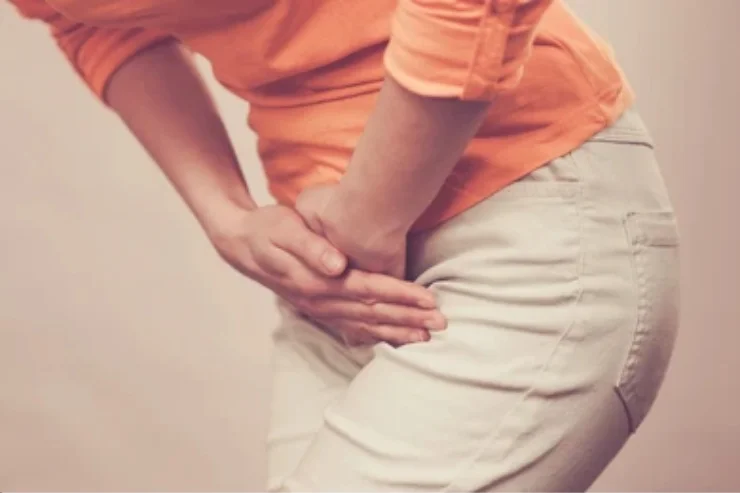Overactive Bladder

Overactive bladder (OAB) is a medical condition characterized by a frequent and urgent need to urinate, often accompanied by urinary incontinence. It occurs when the bladder muscles contract involuntarily, leading to symptoms that can significantly impact a person’s quality of life.
Symptoms of Overactive Bladder
Common symptoms associated with OAB include:
- Urgency: A sudden, strong urge to urinate that may be difficult to control.
- Frequency: Needing to urinate more than eight times in a 24-hour period.
- Nocturia: Waking up two or more times at night to urinate.
- Urinary Incontinence: Involuntary leakage of urine that may occur due to urgency.
Causes and Risk Factors
While the exact cause of OAB is often unclear, several factors can contribute to the condition, including:
- Neurological Conditions: Conditions like multiple sclerosis, Parkinson’s disease, and stroke can affect bladder control.
- Diabetes: Can lead to nerve damage that affects bladder function.
- Hormonal Changes: Changes associated with menopause can influence urinary function.
- Infections: Urinary tract infections (UTIs) can irritate the bladder and mimic OAB symptoms.
- Obesity: Increased weight can place additional pressure on the bladder.
- Age: OAB is more common in older adults, though it is not a normal part of aging.
Diagnosis of Overactive Bladder
A healthcare provider typically confirms a diagnosis of OAB through:
- Medical History and Symptoms Review: Discussing symptoms and their impact on daily life.
- Physical Examination: A thorough examination to identify any underlying conditions.
- Urinalysis: Testing for urinary tract infections or other abnormalities.
- Bladder Diary: Keeping a record of urination frequency, urgency, and any instances of leakage over a week or more.
- Urodynamic Testing: Measuring how well the bladder stores and releases urine, if necessary.
Treatment Options for Overactive Bladder
Treatment for OAB can vary depending on its severity and underlying causes, and may include:
- Lifestyle Modifications: Reducing fluid intake, avoiding bladder irritants (like caffeine and alcohol), and maintaining a healthy weight.
- Bowel Management: Addressing constipation, as it can affect bladder function.
- Behavioral Therapies: Techniques such as bladder training and pelvic floor exercises (Kegel exercises) to strengthen bladder control.
- Medications: Anticholinergic medications to relax the bladder, beta-3 adrenergic agonists, and other drugs that target OAB symptoms.
- Nerve Stimulation: Techniques like sacral nerve stimulation to help regulate bladder function.
- Botulinum Toxin Injections: Botox injections into the bladder muscle can help reduce overactivity.
- Surgery: In severe cases, surgical options may be considered, such as bladder augmentation or even bladder removal.
Living with Overactive Bladder
Managing OAB involves ongoing communication with healthcare providers and lifestyle adjustments, including:
- Understanding Triggers: Identifying activities, foods, or drinks that exacerbate symptoms.
- Regular Check-Ins: Maintaining follow-up appointments to monitor symptoms and treatment effectiveness.
- Support Systems: Joining support groups can help individuals share experiences and coping strategies.
Complications of Overactive Bladder
OAB can lead to various complications, such as:
- Emotional Impact: Anxiety or depression due to the social and psychological effects of OAB.
- Sleep Disturbances: Frequent nighttime urination (nocturia) can affect sleep quality.
- Skin Problems: Skin irritation or infections due to prolonged exposure to moisture from urinary incontinence.
Conclusion: Managing Overactive Bladder
Overactive bladder is a manageable condition with various treatment options available. Early diagnosis and proactive management are essential for patients to maintain their quality of life and minimize the impact of symptoms on daily activities.
